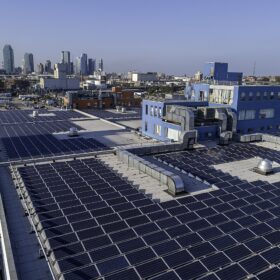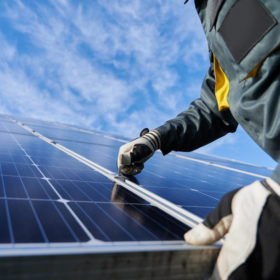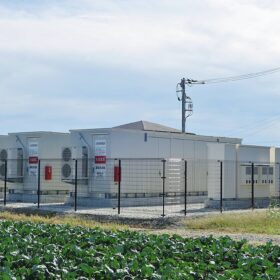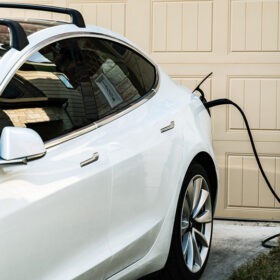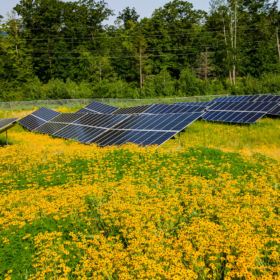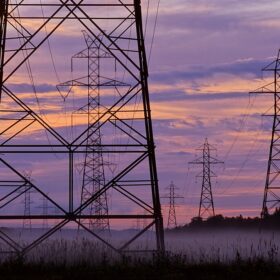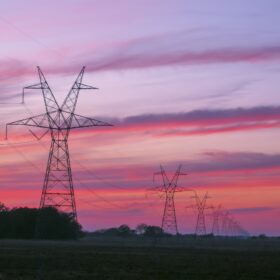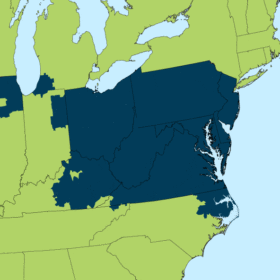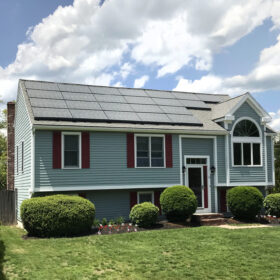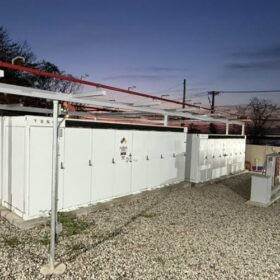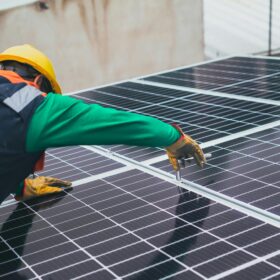New Jersey offers incentives for up to 65 MW of agrivoltaics projects
The Rutgers University rural agrivoltaics program has advised New Jersey regulators on the design of a pilot agrivoltaics program. Projects receiving support will need to track data on agricultural production on fields with and without solar installations.
New York Power Authority renewables plan shows financial challenges for building solar
The levelized cost of building a solar project in New York far exceeds the expected revenue from selling solar power, says a NYPA plan, with project success potentially depending on the sale of renewable energy credits at a satisfactory price.
Rural electric co-ops form engineering group to evaluate smart inverter standards
Smart inverters enable more distributed solar to be added to the grid, and some rural co-ops are evaluating smart inverter standards as more co-op members become prosumers.
Require a gas unit to add 90 MW of batteries to renew its air permit, group says
When a New Jersey gas unit’s air pollution permit is up for renewal, state law allows the public to recommend ways for the unit to reduce its emissions, such as adding batteries. That’s what one group has done.
California study finds electrification can put downward pressure on electric rates
Wide adoption of electric vehicles that can displace fossil fuel combustion with renewable power can also lower rates by about 3 cents per kWh, if the needed distribution grid upgrades are built efficiently and with cost constraints, a study found.
Virginia expands access to community solar
A change to a utility’s proposed approach to minimum billing opens community solar to more Virginia customers, while a potential 150 MW increase in the amount of community solar capacity is within reach.
Kudos for grid operator SPP’s plan to link transmission planning and interconnection
The Solar and Storage Industries Institute has endorsed SPP’s proposal to reform interconnection by building transmission, identifying promising areas for transmission interconnection, and inviting interconnection applications.
Two approaches to prevent queue-jumping by thermal generation
A study from Grid Strategies and ACORE finds evidence that priority transmission access offered by three grid operators has yielded generating portfolios “heavily weighted” to thermal resources. The study favors transmission planning followed by recruitment of projects that can use planned transmission capacity to enter the interconnection queue. A limited non-discriminatory “fast path” could meet near-term reliability needs.
Plan now to achieve faster clean energy support under a future president, report says
To enable construction of federally supported clean energy projects during a single presidential administration, a report offers 14 recommendations, and an overriding imperative to plan now.
Grid operator PJM reports progress on interconnecting new generation as capacity costs surge
PJM said it agrees with many of the recommendations for speeding transmission interconnection made by the nonprofit group RMI, and reported it has completed 600 interconnection studies in less than 22 months under its current interconnection study process. Even so, a GridLab report says PJM would have substantially lower capacity costs next year if a modest portion of renewable and storage projects in PJM’s queue had been set to reach operation by then.

